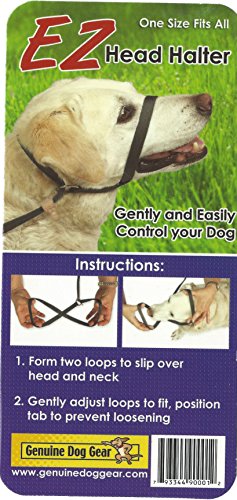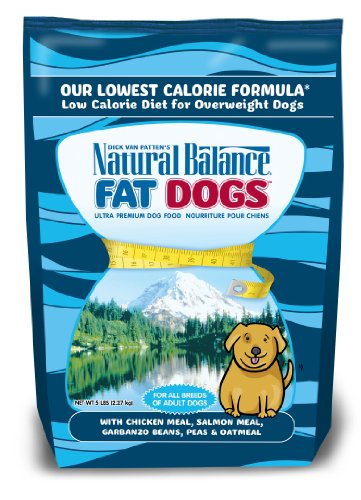
“It seems just like yesterday that you were a puppy”. Time flies when you are having a good time. But for our four-legged companions, time flies even faster. If you are a giant breed dog, you may be considered a senior in as little as five years. As the body ages, the mind may get a bit slower, the hair a little bit greyer, and the joints move a little less smoothly. So as with humans, your dog’s golden years comes with a few unique health needs.
According to the Canadian Veterinary Medical Association and Hill’s Pet Nutrition, about 40 percent of Canadian pets are considered mature. With more advanced healthcare technology for animals, our pets are living longer lives. But as the pet population gets older, we are seeing more and more diseases that are commonly associated with senior pets, such as periodontal disease.
Signs of dental disease include red, painful, inflamed gums, yellow or brown tarter on the teeth, bad breath and sometimes loose or missing teeth. Periodontal disease can cause many health problems for your pet.
First of all, dental disease is painful. Think about how it must feel to eat while you have a toothache. For some dogs, their mouths are so painful that they do not even chew their food. Instead, they swallow it whole, leading to poor digestion and an upset stomach. Some dogs do not show any apparent signs of pain. They learn to live with the chronic pain and the difference is often not noticed until after a dental cleaning has been performed. After the cleaning, the owners notice that the dog seems happier and more energetic.
Secondly, bacterial infections in the mouth enter the bloodstream and travel to vital organs such as the heart, liver, and kidney, resulting in serious health complications. For senior dogs, bad teeth can exacerbate any current underlying disease. Dental health is so important that some veterinarians will not perform certain surgeries without cleaning the teeth first. As well, conditions such as diabetes mellitus or Cushing’s disease are more difficult to control if severe periodontal disease is present.
Fortunately, dental disease is a treatable and preventable disease that affects both young and older dogs. Puppies and adult dogs can be trained to accept (and enjoy) tooth brushing. Start by rubbing and handling the outside of your dog’s muzzle with your fingers. Then as your dog becomes accustomed to having his/her muzzle handled, place your fingers into your dog’s mouth and rub along the outside of the teeth. After a few days of this, you can begin introducing some veterinary approved toothpaste for your dog to taste. These toothpastes come in various flavours such as beef, poultry and tuna. Do not use human toothpaste, because human toothpaste is not meant to be swallowed and will cause stomach upsets. After a few days of practice, apply the toothpaste onto a special finger brush or a regular toothbrush for pets. Brush using a gentle, circular motion. The entire brushing process should take less than a minute. Usually only the outside of the dog’s teeth can be brushed because many dogs will not tolerate opening their mouths wide enough for your to reach the inside surface of their teeth. By doing this routine daily before a reward (such as before giving the dog’s meal or a treat), the dog will learn to associate tooth brushing with something positive and will enjoy all the attention he/she receives!
Brushing regularly enables you to observe your pet’s teeth regularly, so you can readily detect any changes, such as sore gums, broken teeth or abnormal growths. Tooth brushing is the best way to prevent periodontal disease. In addition to brushing, your veterinarian can recommend safe dental care products including plaque and tartar reducing foods, treats and toys. Like humans, regular professional dental cleaning is also necessary to remove tartar that accumulates in those hard-to-reach areas. Some dogs need a professional cleaning more often than others, depending on the breed, food, lifestyle, and other factors. Your veterinarian can provide you with more information and help you determine when your pet needs a cleaning.
As your dog ages and his/her lifestyle changes, his/her nutritional needs change as well. Caloric requirements decrease as energy demands decrease, and mobility decreases as joints become more prone to arthritis. As more research is being done by the pet food industry on the nutritional needs of dogs, advances in pet nutrition greatly benefit senior dogs. Older dogs are at a higher risk for developing disease affecting the kidney, liver and bones. Special diets have been developed that have altered protein, fat, and mineral content or added glucosamine supplements that will help them cope with such diseases. Some senior dogs become less alert and attentive as they age. One veterinary nutrition company has developed a special diet that helps slow down brain degeneration and improve cognitive function. This diet has high levels of antioxidants that help keep the dog’s brain and nervous tissue healthy. Every dog has its own unique nutritional needs. Your veterinarian can help you make an informed choice on which diet is best for your pet.
Another disease that is commonly seen in older pets is cancer. Cancer is any type of malignant tumour or growth that invades the surrounding tissues, spreads to other parts of the body via the bloodstream, and is likely to recur after attempted removal. While cancer can occur at any age, the likelihood of getting cancer increases with age. As more and more pets are living longer lives, the incidence of cancer has been increasing as well.
Cancer can manifest as many different signs as there are many different types of cancer. Examples include abnormal swellings, bleeding or discharge from any body opening, sores that do not heal, inappetance, change in behaviour, weight loss, lethargy, persistent lameness, and difficulty urinating, defecating or breathing. As these signs are non-specific and can be seen with many other diseases, a visit to the veterinarian is necessary when any abnormal changes are noticed. Despite the poor prognosis that one usually associates with cancer, there are many treatments available for your pet. These include surgery, radiation, biological, chemical therapies, and nursing care. Every tumour is different and may respond differently to treatment. Your veterinarian will help determine the prognosis and suggest which therapy is most appropriate. You are an important part of the care team when dealing with cancer, so it is important to recognize that cancer does not mean a poor prognosis. Advances in veterinary medicine have allowed us to optimize cancer treatment and improve the quality of life for a pet with cancer.
An ounce of prevention is worth a pound of cure, so it is important for your pet to visit his/her veterinarian for regular check ups, especially during the senior years. If humans get a check up once a year, and if one human year is equivalent to about 7 dog years, an annual check up is the least you can do. An annual physical may help detect problems early so steps can be taken to stop it from becoming worse. It doesn’t take much to help your dog enjoy his/her golden years to the fullest.
By Amy Cheung – Pets.ca writer
 Are Gentle Leaders Really Gentle?
A decade or so ago a new typ
Are Gentle Leaders Really Gentle?
A decade or so ago a new typ
 Designer Dog: Jorkie
What is a Jorkie?A Jorkie is
Designer Dog: Jorkie
What is a Jorkie?A Jorkie is
 Dog Muzzle
If you are unsure about your
Dog Muzzle
If you are unsure about your
 10 Dog Breeds For Laid Back Lifestyles
10 Dog Breeds For Laid Back Lifestyles
Make Room On The
10 Dog Breeds For Laid Back Lifestyles
10 Dog Breeds For Laid Back Lifestyles
Make Room On The
 A Dog Breed for Every Occasion
For some dogs, like people,
A Dog Breed for Every Occasion
For some dogs, like people,
Copyright © 2005-2016 Pet Information All Rights Reserved
Contact us: www162date@outlook.com